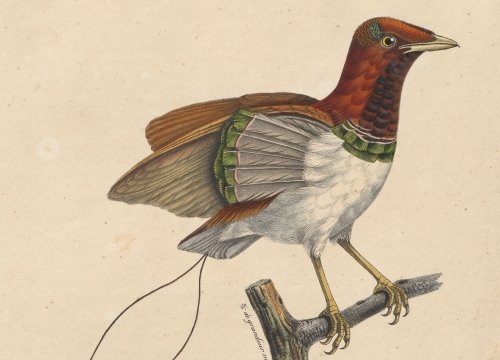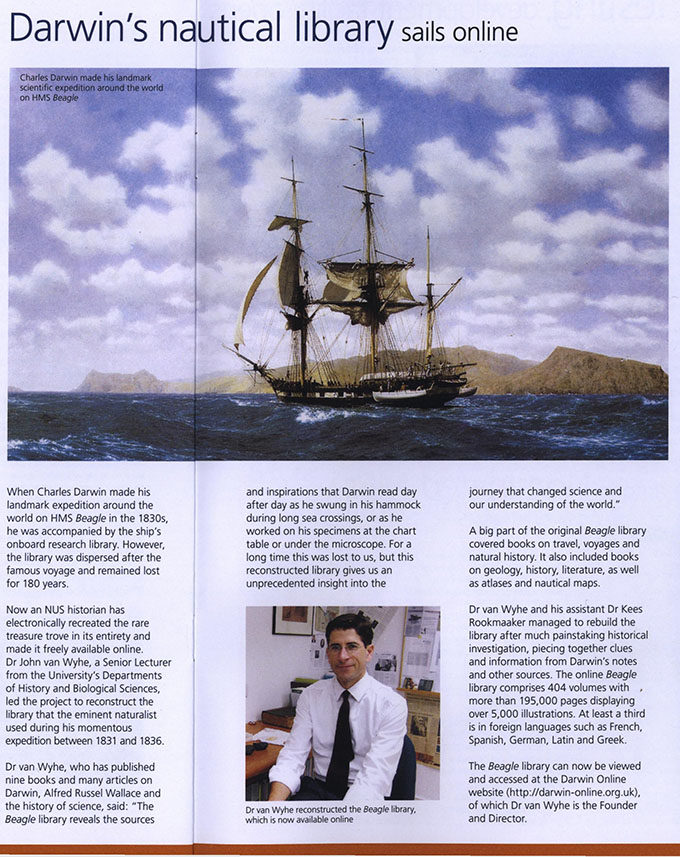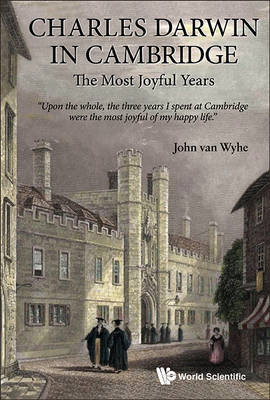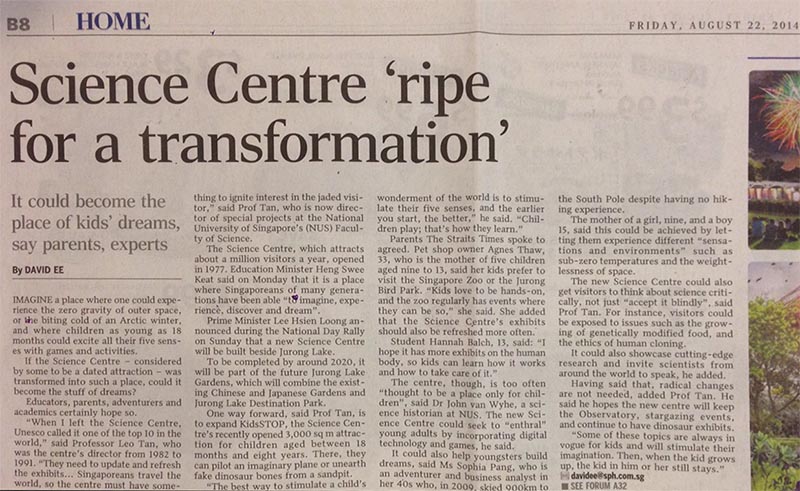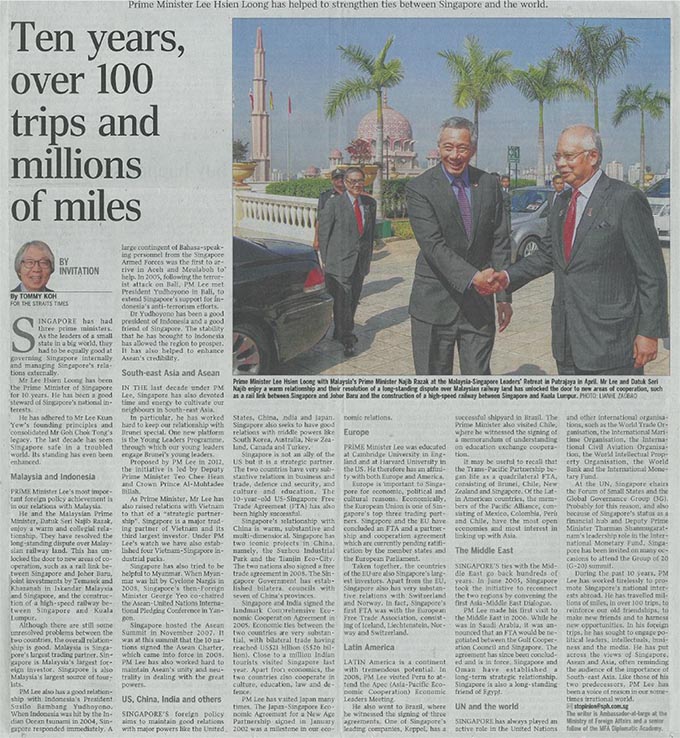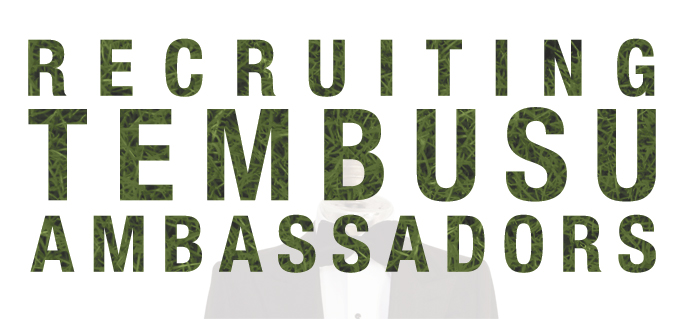Venue: Academia, 20 College Road, Singapore General Hospital.
Title of Speech: “Peace and Harmony Through Humanitarian Missions and Medical Diplomacy”
Salutations:
Dr Adrian Ooi, the Master of Ceremony.
Professor Fong Kok Yong, the Chairman of the Medical Board, SGH.
Professor S T Lee, the Chairman, Organising Committee
Professor Anantharaman Venkataraman, alias, Prof Anantha, the Co-Chairman, Organising Committee
Distinguished Guests, Ladies and Gentlemen
Thank You
1. I would like to thank the organising committee for asking me to deliver the keynote address at this important conference. When Prof S T Lee first asked me, I declined, pleading that I was not qualified to deliver the keynote address. Professor Lee is, however, a person who never takes no for an answer. Under his benign pressure, I had no choice but to change my mind and say yes. My wife was, however, not convinced.
Three Reasons For Supporting ICHMM
2. I have given my sceptical wife my three reasons for accepting Prof Lee’s request. First, I am proud of the fact that Singapore is hosting the Inaugural International Conference on Humanitarian Medical Missions. This is an important initiative. I am confident that this conference will be very successful. I hope that in a few years' time, another country will host the second international conference and, in this way, ICHMM will become institutionalised. The timing of this conference could not have been better chosen. Three countries in West Africa, Guinea, Liberia and Sierra Leone are fighting an outbreak of Ebola which threatens to spread to the rest of the world. I am in awe of the courage of the doctors and nurses, including some in Singapore, who have risked their lives by volunteering to help those countries. Let us give them a warm round of applause.
3. Second, I champion volunteerism. I have spent more than 20 years of my life in America. I was tremendously impressed by the fact that America is a nation of volunteers. The civic-mindedness of the American people has enriched American civil society and made America a participatory democracy. I am happy to report that volunteerism is growing in Singapore. Our volunteers work in Singapore, in the region and the world. Our volunteers come from all the different vocations and professions, including, medicine, dentistry and nursing.
4. Third, I believe that as human beings, we have a duty to make this a more peaceful and a kinder world. I believe in the wisdom of the ancient saying that under Heaven, all men are brothers and all women are sisters. I also believe in the saying that those to whom much has been given, much is expected. We have an ethical duty to use our talent, our skills, and our wealth to make this a better world.
Praise Four Institutions: SIF
5. I would like to praise four Singapore Institutions which have championed humanitarian medical missions. Let me begin with the Singapore International Foundation or SIF. To date, SIF has undertaken 76 healthcare projects in 14 countries. Let me cite, by way of illustration, a project in Indonesia. In Malang, Indonesia, SIF volunteers carried out a 7-year project (1997-2003) to enhance the emergency medical services in that region and to develop relevant skills to support the emergency department. The local partners were the Faculty of Medicine of the Brawijaya University, the Department of Emergency Medicine of the Saiful Anwar Hospital and the Provincial Health Department of East Java. A total of 96 volunteers from Singapore, led by Prof Anantha, made 17 training visits to Malang. The project has led to a new system of triage and emergency medicine at Saiful Anwar Hospital, lower mortality rates in the emergency department and the launch of an entirely new ambulance service in Malang, which has greatly improved the response time for trauma patients. It also resulted in the formal introduction of a new medical specialty to Indonesia – one that is being actively discussed by other institutions there for implementation.
Singapore Armed Forces (SAF)
6. The Singapore Armed Forces (SAF) has a tradition of sending medical teams to help in emergency situations. I want to refer the monster tsunami which struck Indonesia and other Indian Ocean littoral states on the 26th of December 2004. The scale of destruction in Banda Aceh and Meulaboh was beyond description. In response to Indonesia’s request for help, the SAF responded promptly and the SAF team, led by Bahasa-speaking officers, was the first to arrive. The SAF medical team was led by Colonel (Dr) Fan Swee Weng and included reservist specialist doctors from public healthcare institutions including SingHealth. The team was sent to Ulee Kareng in Banda Aceh where it helped in treating many tsunami-related patients. Most of them had lost their homes and needed basic medical care. In Meulaboh, the SAF established a Field Hospital. In addition, SAF’s surgical team operated on patients at the Meulaboh Hospital. Altogether, the SAF medical team treated over 4,000 patients in the 2 places.
SGH and KKH
7. The Singapore General Hospital or SGH and the Kandang Kerbau Hospital for Women and Children or KKH, belong to the group called Singapore Health Services or SingHealth, in short. The group supports volunteerism as part of its corporate social responsibility. Members of the staff are encouraged to volunteer their time, in both local and international projects. A staff member is allowed to take 14 days of volunteer leave if it is to participate in an approved project. In 2011, KKH won the award for the Public Sector Volunteer of the Year, given by the National Volunteer and Philanthropy Centre (NVPC). Over at SGH, Prof S T Lee and Professor Anantha have helped to make volunteerism a strong tradition at the hospital.
Four Role Models: S T Lee
8. Let me now turn from good institutions to four inspiring individuals. We need role models in every field of human endeavour. It is no different in the field of humanitarian medical missions. The four individuals I wish to single out for special praise are Prof S.T. Lee, Prof Anantha, Assoc Professor Annette Jacobsen and Dr Tan Chi Chiu. Prof Lee is a highly skilled plastic surgeon and educator. For the past 22 years, he has led or participated in 22 volunteer missions to countries in South-East Asia, such as, Cambodia, Indonesia, Laos and Myanmar, as well as to China. In recognition of his contributions, he received the SIF Award from President S R Nathan, in 2006.
Prof Anantha
9. Professor Anantha was the leader of the SIF project in Malang, Indonesia which I referred to earlier. In addition to Malang, Prof Anantha, has led or participated in many volunteer medical missions. He led a medical team, under the Singapore Civil Defence Force, to help the victims of the earthquake, in Baguio, the Philippines, in 1990. In 2001, he went to help the victims of another earthquake in Gujarat, India. He is currently leading a team from SingHealth, on a two-year project, to set up a Disaster Medical Training System in Makassar, Sulawesi, Indonesia.
Prof Anette Jacobsen
10.Dr Anette Jacobsen is Norway’s gift to Singapore. She met her Singaporean husband, Dr Mark Lu, when they were studying medicine in Dublin, Ireland. She is a paediatric surgeon and works at KKH. In 2001, she went on her first volunteer mission to Cambodia. Since then, she has been on over 20 missions to Cambodia, Indonesia, Laos and Myanmar. She volunteers with SIF, Temasek Foundation and the Taiwanese charity called the Tzu Chi Foundation for Compassionate Medical Relief.
Dr Tan Chi Chiu
11.Dr Tan Chi Chiu is an eminent gastroenterologist in private practice and a former director of the Singapore International Foundation. Dr Tan is one of our most experienced medical volunteers. Between 1986 and 2013, he had participated in 14 humanitarian medical missions, in 12 of which, as the leader or medical director. Dr Tan believes that Singapore can do more and should benchmark itself against Japan and Korea. He would like to see the creation of a national network and resource of medical volunteers, which could then support relief missions of all organizations which need medical teams.
Conclusion:
12.We live in a world which is full of conflict, mistrust and misunderstanding. We, the people of the world, are not powerless in the face of such challenges. We can, each in our way, promote better understanding and friendship between peoples and countries. One way to do this is through international volunteerism. The work which our doctors, dentists, nurses, therapists, and other allied professionals do, when they go on medical missions, is invaluable. As they say, action speaks louder than words. Through your kind deeds, you have crossed geographical, political, cultural and linguistic barriers. Through your kind deeds you have replaced suffering with relief, despair with hope, taught the trainers and left a positive legacy. Most important of all, you have taught us to believe that we live in one world and we belong to one human family.
13.Singapore is a very small country. It is so small that the leader of a neighbouring country once described us as a little red dot on the map. We are, however, not too small to help our neighbours. We lie in the heart of Southeast Asia and we are profoundly committed to ASEAN. We want Southeast Asia to be a region of peace and prosperity. We want to strengthen the ASEAN family. I thank Singapore’s doctors, nurses, dentists and other medical personnel for going on humanitarian medical missions to our neighbouring countries. I salute you for your contributions to regional peace and harmony through medical diplomacy.
14.Thank you very much.
. . . . . .



